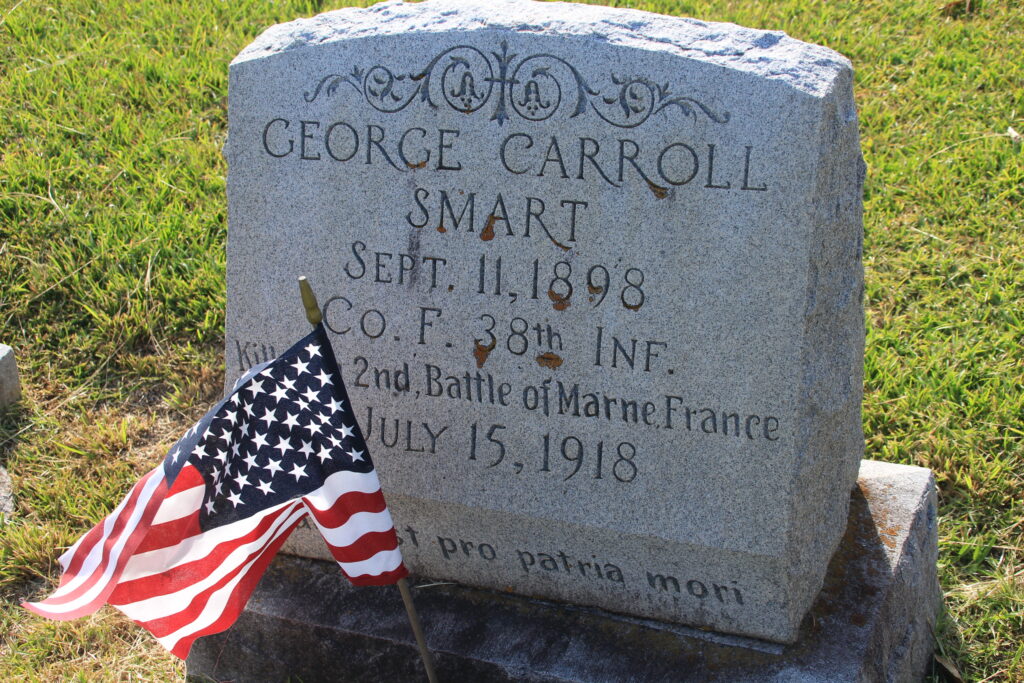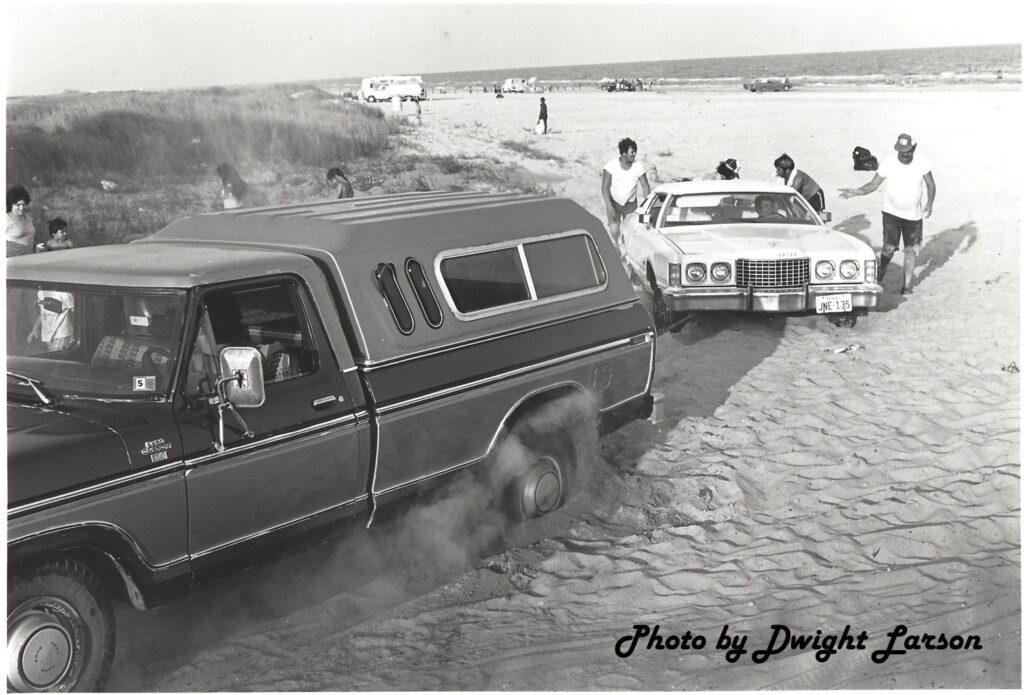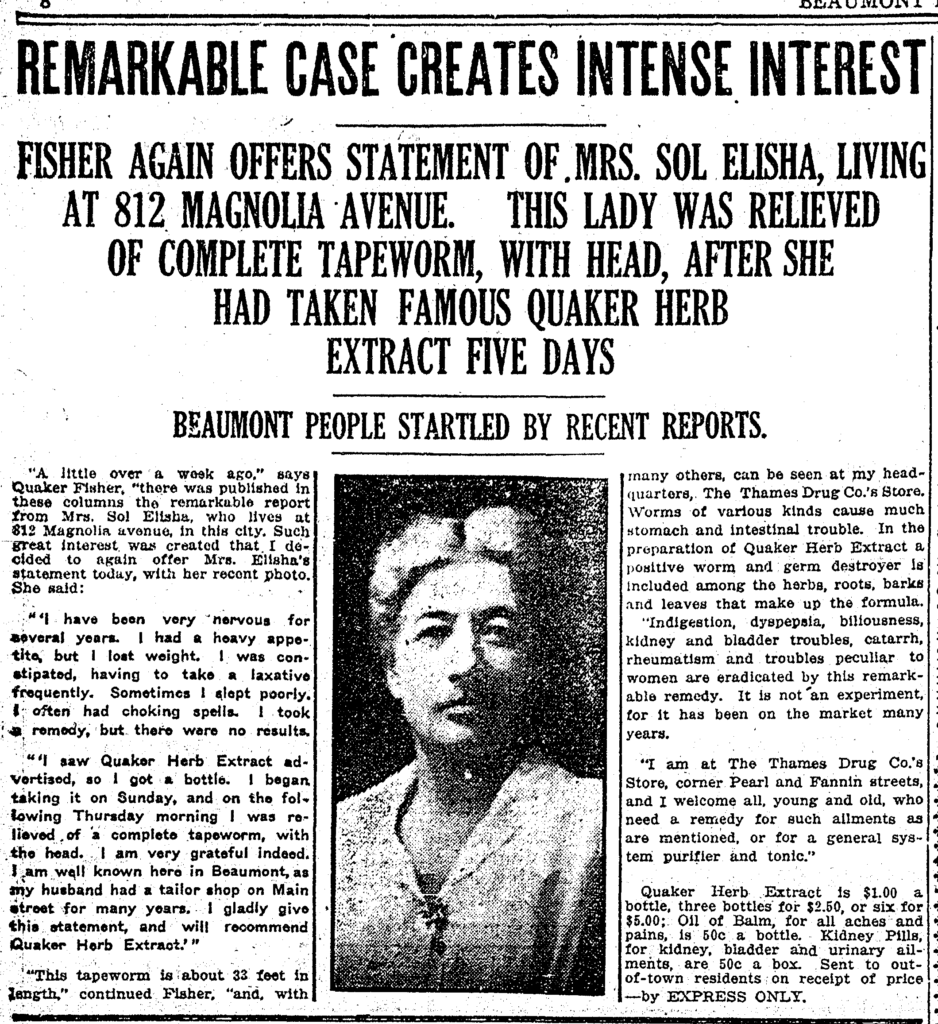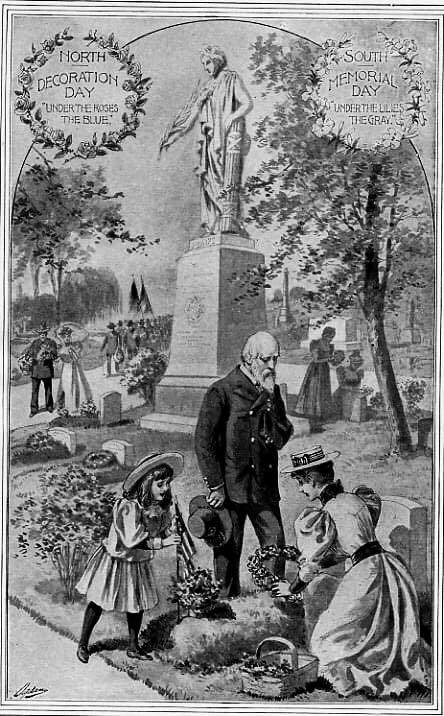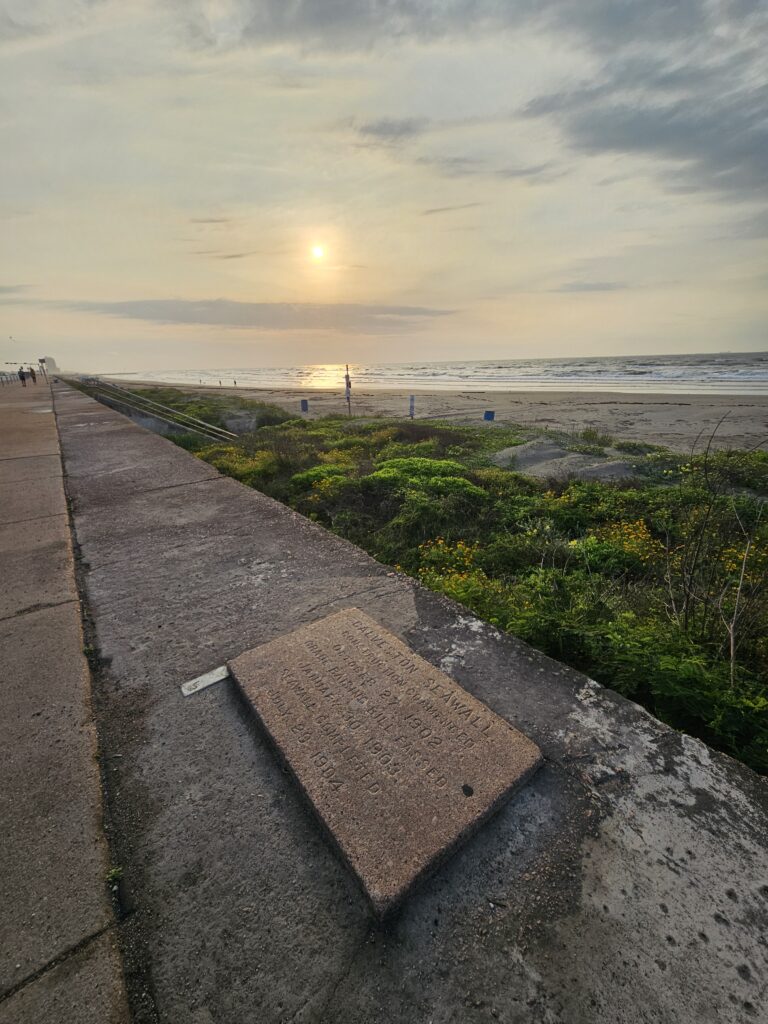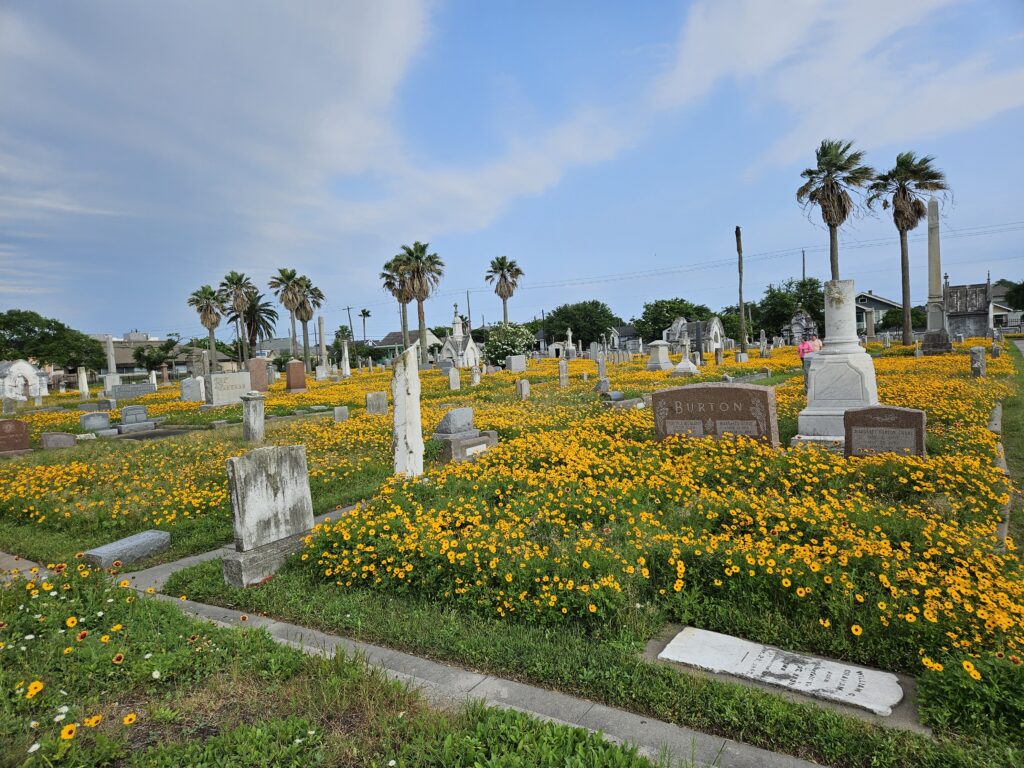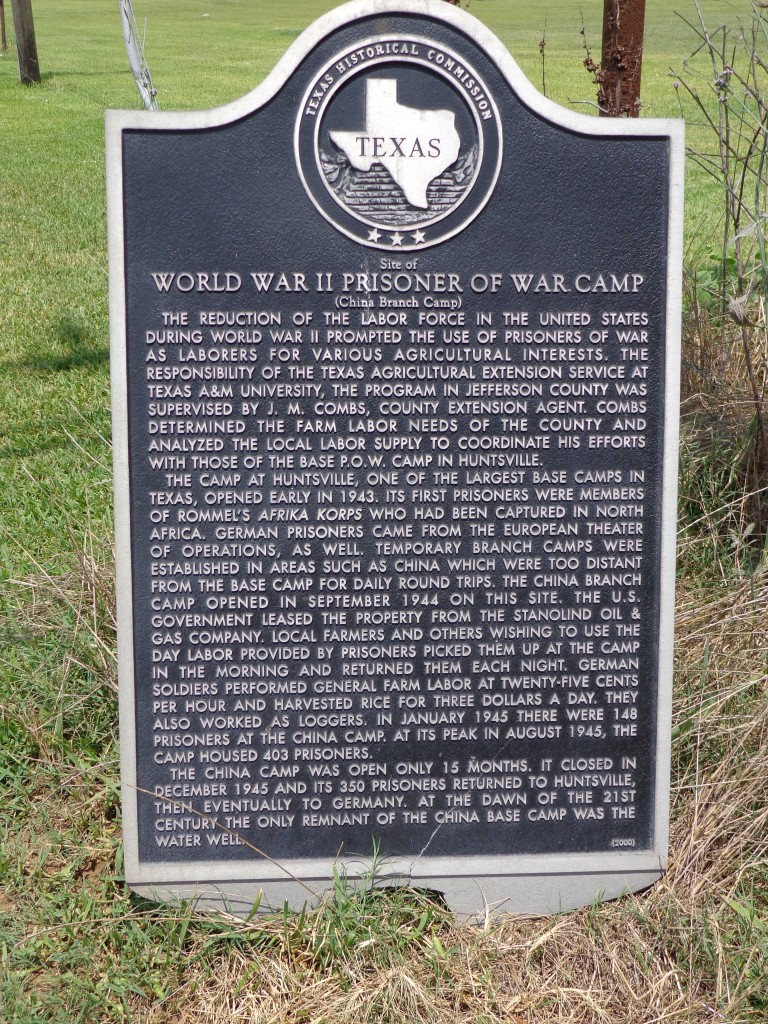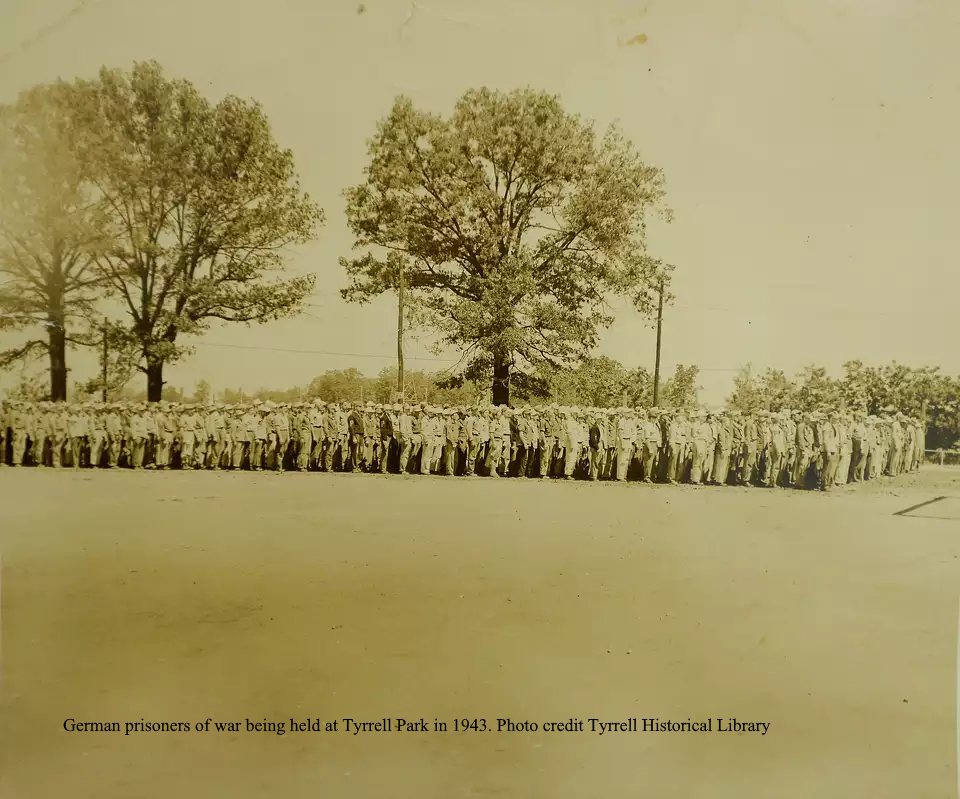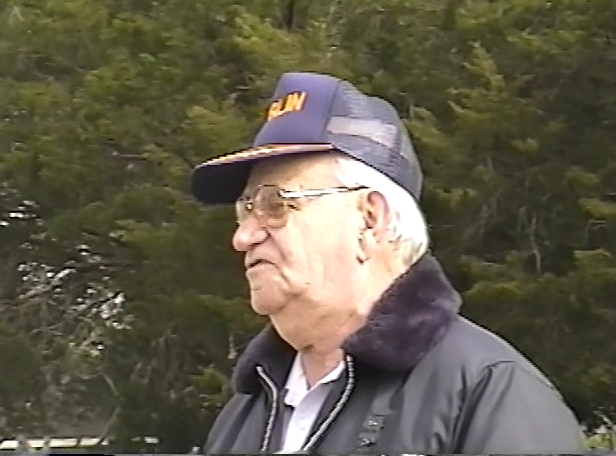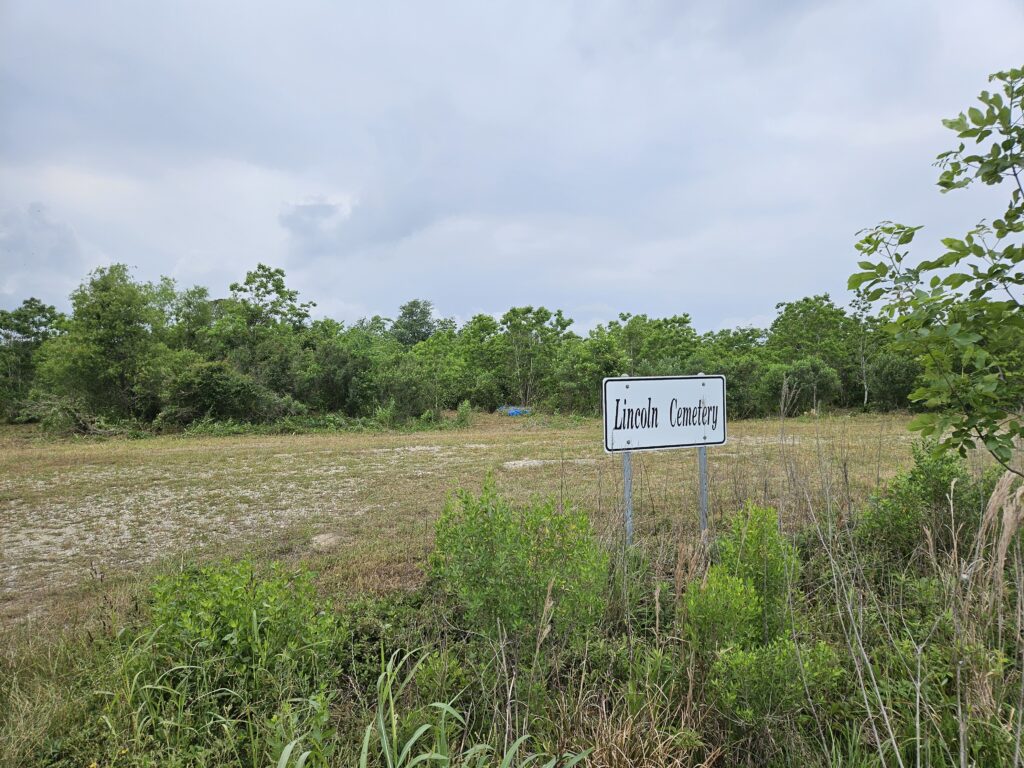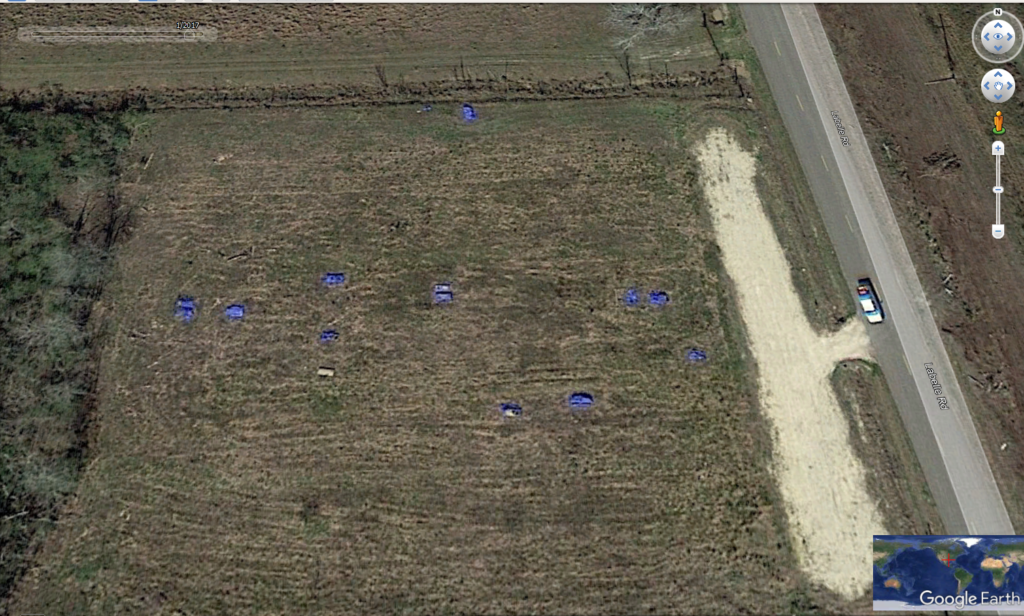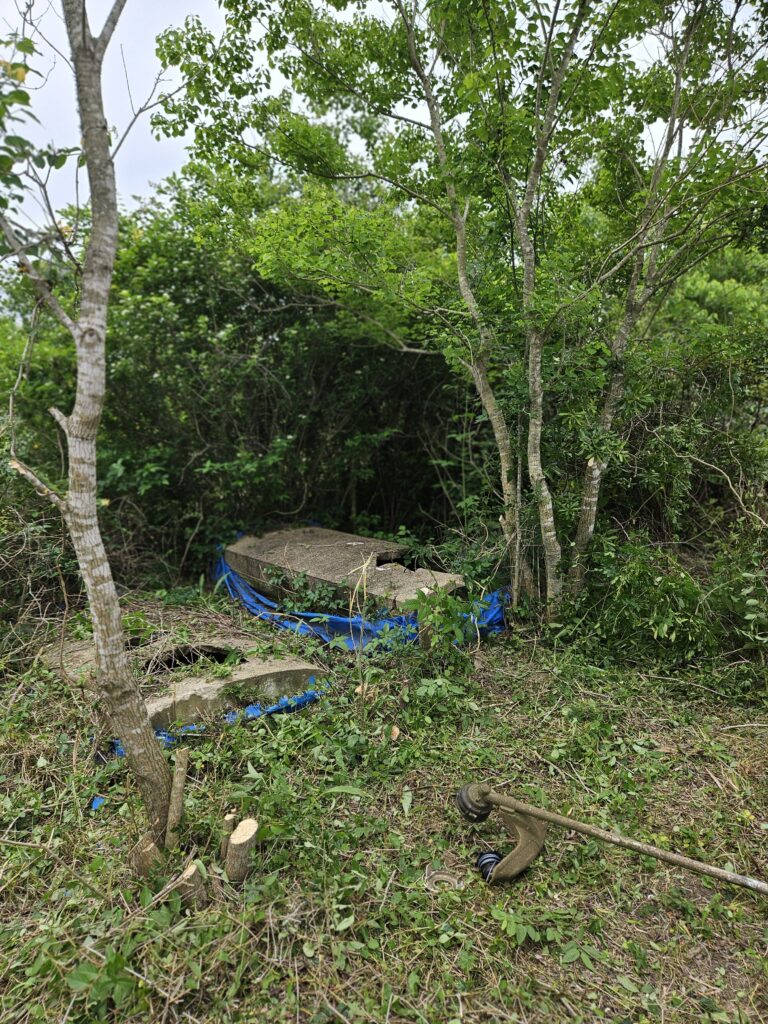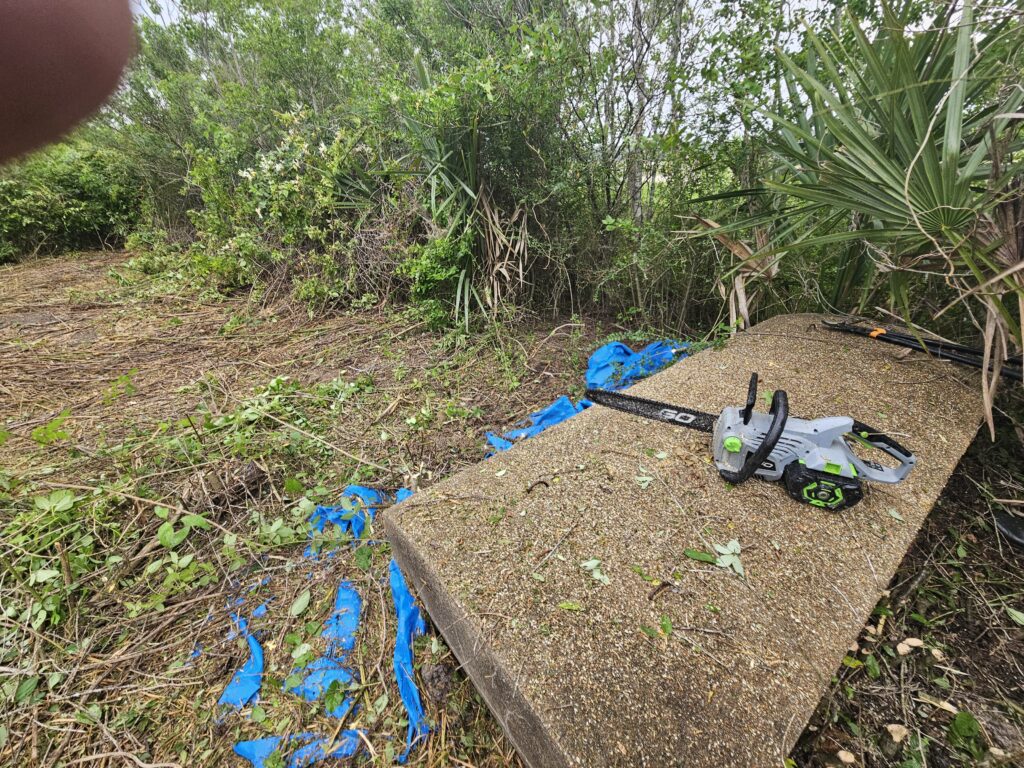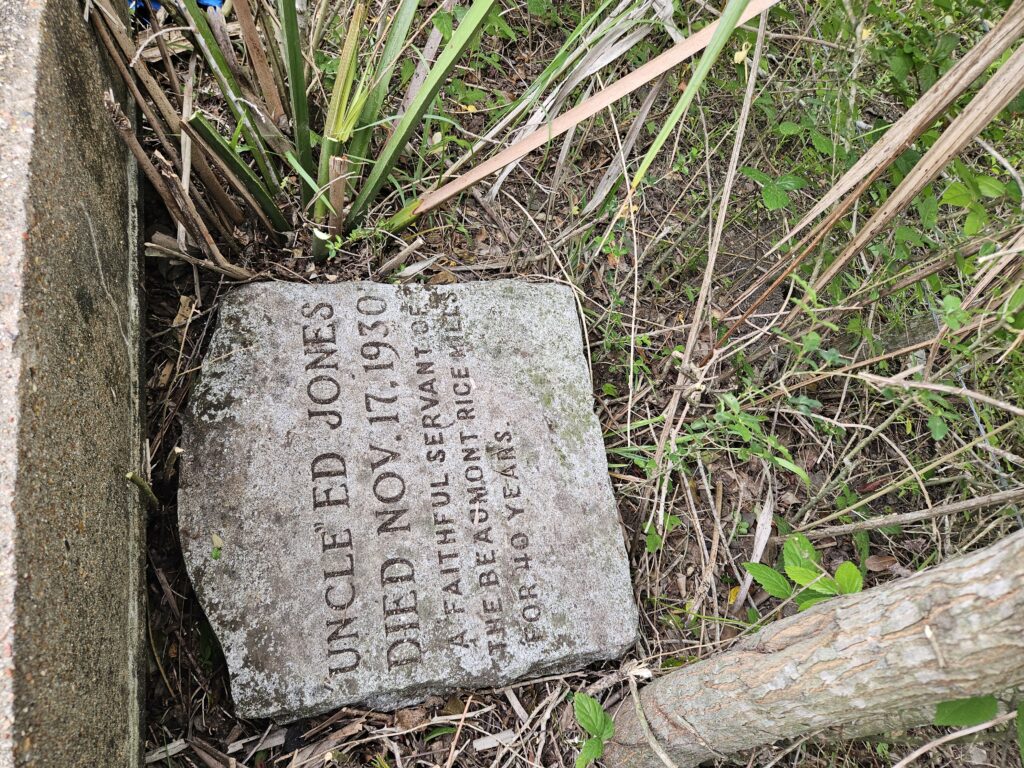
The Beaumont Heritage Society will be hosting a happy hour at Magnolia Cemetery on Thursday, March 20th, from 5:30 to 7:30 p.m. Sources say that this is the most requested place to host their event, and I believe them. There have been at least two happy hours at the cemetery, and both went well. Actually, they went very well after most of the guests indulged in their second beer on tap. Most of them went walkabout and did their own tours, while we had a significant number of people on the official tours. This year, we are doing 20–25-minute tours beginning every 20 minutes, so you don’t have to be there at the start. But get there early so you can partake in the craft beer that is offered.
In 2016 and 2017, Magnolia Cemetery and the Beaumont Heritage Society hooked up to do the same kind of event, and on both occasions, it was a success. We did a two-hour walking tour back then, and it still worked! On a side note, I’m up for a two-hour tour if you want, as long as it doesn’t clash with my work time. Have a group? Email me at rediscoveringsetx@gmail.com!
Galveston’s Historic Homes Tour is approaching fast (the first two weekends of May), and I already have my marching orders for Sunday, May 4, with the Candy Lady! I’m certain that there will be many “May the fourth be with you” references, especially because it’s a Sunday—I digress. I’ll be at the 1896 James and Pauline Foster House from 10 a.m. to 2 p.m., then off to Mama Theresa’s before I board whatever boat is running to Bolivar Peninsula. I always seem to get the Robert H. Dedman. So, the song “Down Among the Dead Men” by Flash & the Pan usually plays. Yes, I’m a bit demented. Shout-out to the Titanic’s band, which continued to play!
The fifty-first Historic Homes Tour looks good; we’ll be doing it on Saturday, May 3rd. As usual, we will give you a heads-up regarding long lines and traffic, but when taking the tour, it is always good to have a plan, especially if you want to do so in one or two days. We’ll post the “What to Expect” on Friday. I also intend to make my yearly visit to Old City Cemetery that Friday evening to photograph the wildflowers and look for the resting place of Beaumont’s first mayor, Alexander Calder, who died in 1853.
I’ve been hibernating this winter, but I have received a few calls from a friend to offer some help concerning Magnolia Cemetery. He had a few questions about veterans and finding former mayors of Beaumont. My friend is determined. He has done a lot of volunteer work on the database to find all the World War I Beaumont Boys in order to inscribe their names on the World War I memorial, which The Beaumont Journal intended to do in the 1930s. He hates it when I put him on a pedestal, but the fact is that he goes above and beyond in his research. He is awesome, and I will call him Don in my praise so I don’t ruffle his feathers by stating his full name. He is one of the Smart est people I know when it comes to doing research, and I am constantly in awe when he brings history to life at our yearly Historic Magnolia Cemetery Tour!
Speaking of the Historic Magnolia Cemetery Tour, I’ve stated that we will be starting the tours at the front entrance of the cemetery, which is where we begin our yearly tour in October. We usually plan our tour to ensure that the public can participate, with all our presenters on Thursday evening and Saturday morning. This is difficult because the cemetery is eighty acres, and we have more than thirty thousand stories to tell. This is why we stick to the older parts at the front, but there are many tales to tell in other sections, such as Sections W and X. These areas have many tales to tell, and you’ve heard a few of them.
On our tour, you’ve seen one of our presenters, Katherine Leister, talk about the story of Florence Stratton, a.k.a. Susie Spindletop. Florence and family are at the top of the road, catacorner from the Herring Coe plot, which, as you may know, is located near Pine Street in Section T. As we travel through Sections W and X, you’ll notice many people who perished in 1918–1919. I would assume that some of these deaths have to do with the Spanish flu; there are also a few Beaumont Boys who died in World War I.
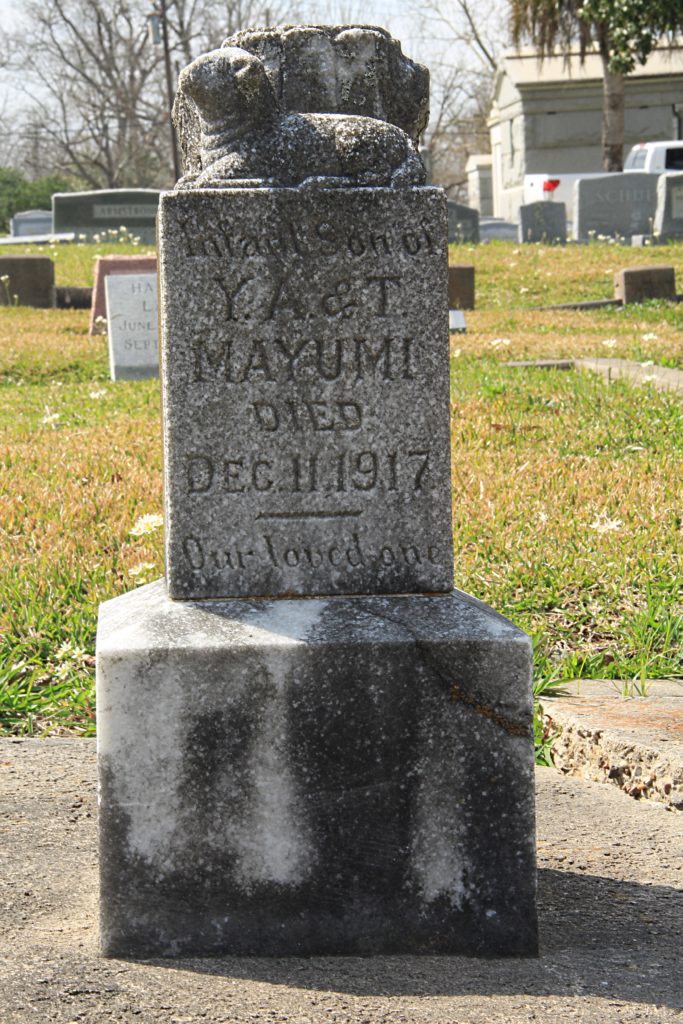
One grave that I checked, which usually isn’t widely known, is the Mayumi child. He is the only member left of the Mayumi family, which grew rice in Fannett. Unlike the Kishi family of Orange County, which stayed in our area, the Mayumis sold their land in 1924 due to the negative sentiment toward Japanese people that was prevalent in the 1920s. Here is their story!
In December 1917, Toshiko, Yasuo’s wife, bore her and Yasuo’s first child; unfortunately, the baby was born premature and lived only for one day. In a Beaumont Enterprise article, Gwendolyn Wingate wrote the following:
One evening in early December, Mayumi rode horseback up to the Bailey Wingate home. For days, it had been raining a cold drizzle, and the roads were underwater. Apologizing for what he said was an intrusion, Mayumi explained that his first child, a son, had been born, but after only one day of life, the baby was dead. Mayumi needed help.
Wingate’s sturdy widowed mother, Artemise, who had borne nine children and had seen three buried, bundled up against the cold and rode back to the Mayumi place with the men. She found Mayumi’s wife with the dead child in her arms, rocking back and forth in mute grief. She tried to comfort the woman who spoke no English and helped prepare the baby for burial.
Hope to see you on Thursday, March 20th. I want to remind you that there will be alcohol! Cheers! Come join the fun!
Galveston’s Historic Homes Tour:
Mayumi Family:
https://hirasaki.net/Family_Stories/Mayumi/Mayumi.htm
Flash And The Pan – And The Band Played On (Down Among The Dead Men) [1978]


